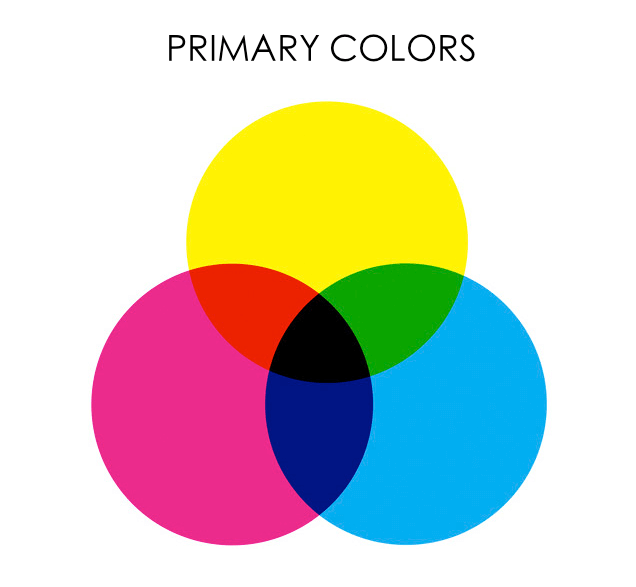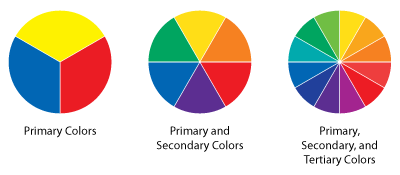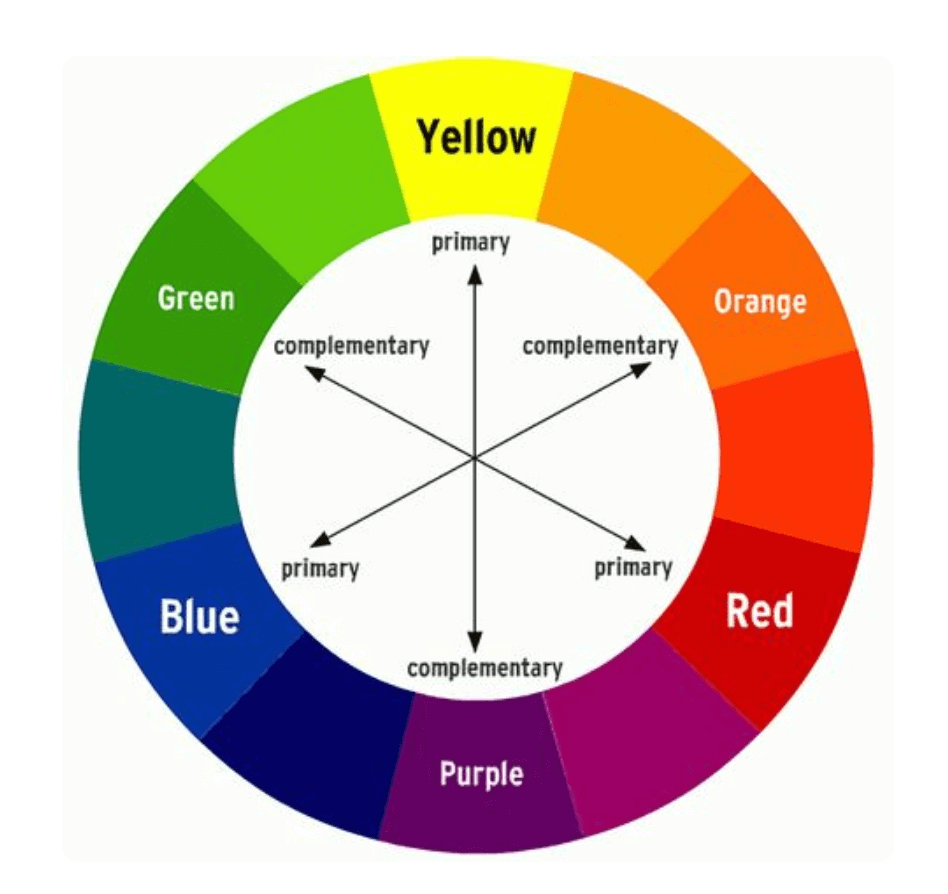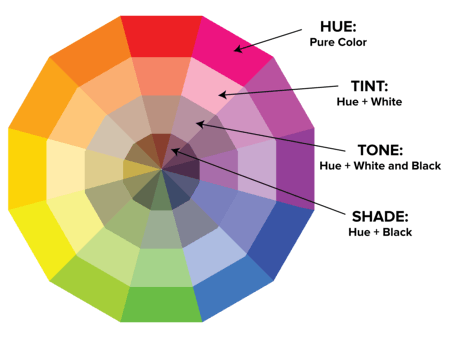Learn How to Make Skin Color Paint
Want to learn how to make skin color paint? Stick around as we share the answer…
Artists who specialize in portraiture know how important it is to use skin-colored paint that perfectly captures the skin tone of their subject.
However, getting the right version of the color can be difficult, especially as there is a wide variety of skin tones.
Because of this, you might be wondering how you can mix the right color for each tone. This article will discuss how to create skin-toned paint by combining several colors.
Ready? Let’s start…
Basic Color Mixing
When talking about blending hues in order to get a target color, it is important to review basic color mixing techniques. The first thing we need to talk about is the color wheel.
You might remember that this wheel is composed of primary, secondary, and tertiary colors. Primaries are those that cannot be achieved by merging other hues.
Instead, they are themselves combined in order to create others. Primaries include red, blue, and yellow.
Mixing two primaries will result in secondary hues. These are violet or purple, orange, and green. When you fuse one primary and one secondary, you will get a tertiary color. These are also called intermediate or intermediary hues.
When you arrange hues according to their relationship to one another, you will get the color wheel.
Complementary Colors
Now, take a look at the wheel. Keep in mind that hues that sit next to each other are called adjacent or analogous, while those that are located opposite of each other are complementaries.
Some of the most common complementaries are red and green, orange and blue, and yellow and violet.
In our discussion of creating skin-colored paints, it is essential to note that mixing complementaries will result in a muddy color, which is mostly associated with browns. In fact, a one-to-one ratio will give you a version of brown.
Remember that adding more portions of one hue will help you create a chromatic scale.
This is a set of hues that shows a steady change in color as you blend the two colors in imbalanced ratios. For example, you can create a chromatic scale of red and green by fusing a one-to-one ratio, then gradually adding more of one hue.
What does this have to do with making skin-toned colors, you ask? Find out after learning about tints, shades, and tones.
Tints, Shades, and Tones
After learning about basic mixing, you will also need to know about the kind of colors you can make when you merge neutrals into the assortment. Neutrals are white, black, and gray.
When you add a portion of white into a hue, you will get a tint. Tints usually have lighter, softer, and pastel qualities. Interspersing black with hues creates shades, which are heavier and darker.
Meanwhile, adding gray will result in tones, which are slightly darker than tints but are a little lighter than shades.
Now that we have covered the essentials, you are now ready to learn how to create skin-toned paints.
How to Make Skin-Colored Paint?
The first thing you need to do is to think about the color of your skin. Skin or flesh is associated with browns so you know that you will need brown in order to create skin-colored paints.
If you have brown on hand, you can simply mix white or gray until you get the right version you need.
This will work if you need to lighten up the hue in order to get the flesh tone you are aiming for.
If you need a darker hue, add in small amounts of black until you reach the right shade.
However, if you do not have brown on hand, you will need to mix other hues before you can continue. As mentioned, you will make a version of brown by combining complementaries.
Then, you can add white, gray, and black depending on the flesh-tone version you are looking for.
Now, notice that the most common complementaries, which are red-green, orange-blue, and yellow-violet, are made up of a secondary and a primary color. This means that a pair of complementary hues are made up of a portion of the three primaries.
So, you can simply mix one part of red, yellow, and blue in order to create browns.
Then, you can proceed by infusing white, gray, or black.
Uses in Art and Design
As mentioned, flesh-toned paints are useful in portraiture because their subject matter is usually people. By learning how to mix skin-colored paints, you can experiment with painting images of individuals with a wide range of skin tones.
You can also use this knowledge to depict different scenes using browns. Take a look at Jean-Baptiste-Camille Corot’s La Passeur, which is a landscape painting composed mostly of different gradients of brown.
The Bottom Line
Knowing how to create skin-colored paint will definitely help you, especially if you focus on portraiture. Moreover, remember that you can also create artwork with different subject matter knowing the basics of color mixing.
Read Latest Posts

Hi, I'm Anthony Tran! Welcome to my site. I live in Arizona and am obsessed with all things related to building an Online Business and working from home. Learn about my journey here.
Follow Online








